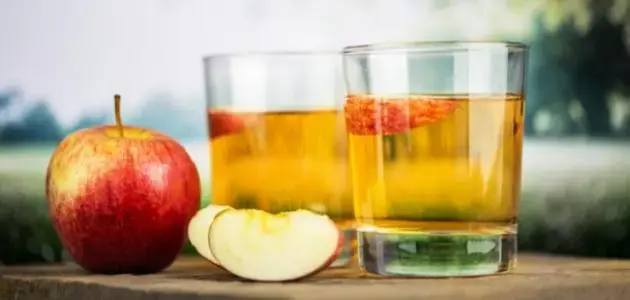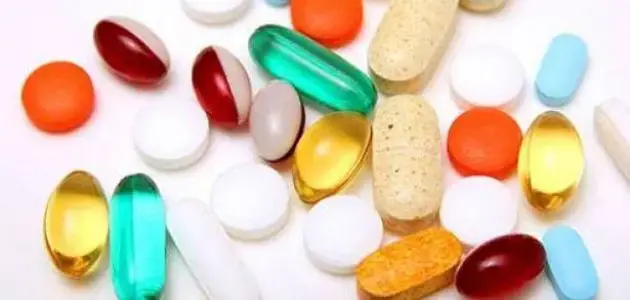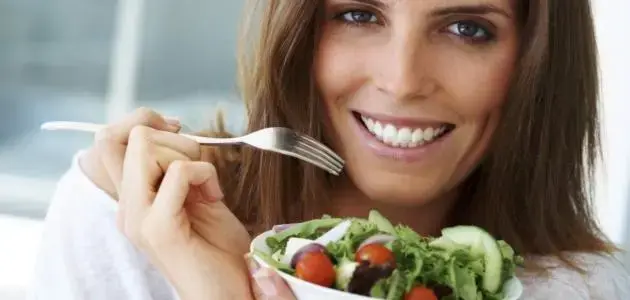Fruits and veggies do have some iodine, but the amount is pretty small — and it mostly depends on the soil they were grown in and the type of fertilizer used. Still, a few fruits can give you a little iodine boost.
Fruits That Contain Iodine
- Dried Prunes: These are a good plant-based source of iodine. Just five prunes give you about 13 micrograms, which is around 9% of your daily recommended intake. They’re also rich in fiber, potassium, iron, and vitamins like A and K.
- Apple Juice: One cup has around 7 micrograms of iodine — that's about 5% of your daily needs.
- Bananas: A medium banana gives you about 3 micrograms of iodine, or roughly 2% of the daily value.
Other Sources of Iodine
If you’re looking to increase your iodine intake, here are some great sources:
- Seaweed and marine algae
- Dairy products
- Iodized salt
- Seafood
- Eggs
Quick Look at Iodine
Iodine is a key mineral your body needs to make thyroid hormones, which control things like growth, development, and metabolism. Since your body can’t make iodine on its own, it’s important to get it from your diet. If you don’t get enough, it could lead to thyroid problems, weight gain, tiredness, and muscle weakness.
How Much Iodine Do You Need?
| Age Group | Recommended Daily Intake (mcg) |
|---|---|
| Infants (0–6 months) | 110 |
| Infants (7–12 months) | 130 |
| Children (1–8 years) | 90 |
| Children (9–13 years) | 120 |
| Teens & Adults (14+ years) | 150 |
| Pregnant Women | 220 |
| Breastfeeding Women | 290 |
What Happens If You Don’t Get Enough Iodine?
While iodine deficiency is pretty rare in places where iodized salt is common, about 2 billion people worldwide are still at risk. Around 300 million people have thyroid-related issues, which can stem from not getting enough iodine. During pregnancy, a deficiency can affect the baby’s brain and physical development and may cause learning difficulties later on.
Leave a comment
Your email address will not be published. Required fields are marked *




